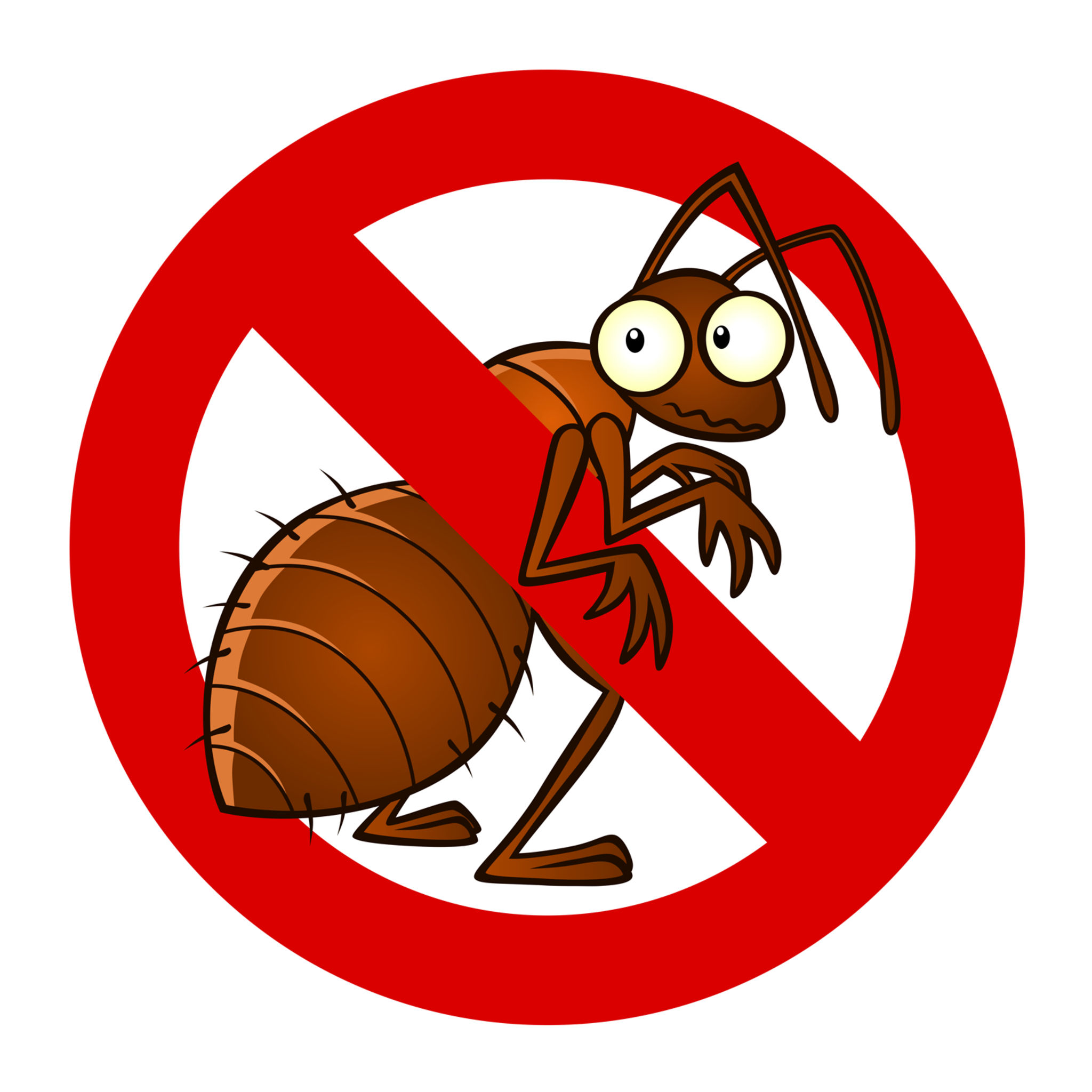Specialist A1 Charlotte Bed Bug Exterminator - High Quality Solution Assured
Wiki Article
Bed Pest Therapy Breakdown: Comparing Chemical Vs. Non-Chemical Solutions
In the world of insect control, specifically when dealing with the persistent problem of bed pests, the choice between chemical and non-chemical therapy services can be an essential one. Both methods use distinctive advantages and disadvantages, affecting variables such as effectiveness, safety and security considerations, and overall cost. By checking out the nuanced information of each technique, a clearer understanding of which path to seek in resolving a bed pest infestation can be attained.Effectiveness of Chemical Therapies
Chemical therapies for bed pest problems have actually been commonly acknowledged for their powerful and quick efficiency in getting rid of these bugs. When considering the efficiency of chemical treatments, it is important to comprehend that they can give a quick and extensive service to a bed bug issue.Moreover, chemical treatments have the advantage of providing recurring results, meaning that they can proceed to get rid of bed bugs even after the preliminary application. This recurring activity is specifically beneficial in combating any kind of prospective re-infestations. In addition, the rapid action of chemical therapies can bring relief to people encountering severe bed bug problems, allowing them to gain back control of their home quickly.
Safety And Security Worry About Chemical Solutions
One vital aspect that requires careful factor to consider when making use of chemical options for bed insect therapy is guaranteeing the safety of owners and the setting. While chemical therapies can be reliable in getting rid of bed bugs, they may posture risks otherwise managed appropriately. One of the primary security interest in chemical services is the potential injury they can trigger to human wellness. Exposure to specific chemicals made use of in bed bug treatments can result in respiratory system concerns, skin inflammation, or other adverse reactions, especially in individuals with pre-existing conditions or level of sensitivities. In addition, incorrect application or dosage of chemical pesticides can cause hazardous deposits lingering in the treated area, posturing lasting health and wellness threats to passengers.Additionally, the ecological impact of chemical options is another substantial consideration. Some chemicals utilized in bed pest therapies might be harmful to valuable pests, wildlife, and environments if they leach right into the dirt or water systems. It is vital to utilize chemical therapies carefully, complying with safety standards, and considering less poisonous options to minimize these threats and ensure the safe and efficient administration of bed pest problems.
Benefits of Non-Chemical Approaches
Taking into consideration the potential safety and security worries and ecological impact related to chemical solutions for bed bug therapy, discovering non-chemical strategies offers an appealing choice with numerous unique advantages. Non-chemical approaches offer a much safer alternative for households, specifically those with people, dig this youngsters, or pets sensitive to rough chemicals. These strategies remove the threats of direct exposure to toxic materials, reducing the potential for damaging health and wellness effects. Furthermore, non-chemical therapies are eco-friendly, as they do not add to air or water contamination, making them a sustainable choice for insect control.Furthermore, non-chemical services can be reliable in targeting bed insects, consisting of hard-to-reach locations where chemical treatments might not permeate. Methods such as heat treatment, vacuuming, steam cleansing, and mattress coverings offer extensive obliteration without making use of damaging chemicals. Furthermore, non-chemical approaches can be much less turbulent, needing minimal prep work and enabling quicker reentry right into treated areas. Generally, deciding for non-chemical bed insect treatment approaches not only focuses on safety and security and environmental management however additionally makes certain reliable and comprehensive insect control.
Limitations of Non-Chemical Treatments

In addition, non-chemical treatments usually need several applications to achieve successful eradication. This can be lengthy and might not always ensure full removal of all bed bugs and their eggs, specifically in hidden or hard-to-reach locations.
Moreover, the success of non-chemical treatments heavily relies upon appropriate execution and thoroughness, which can be testing for individuals without expert proficiency. Insufficient application of non-chemical methods might lead to incomplete elimination, leading to persistent infestations visit this page and the demand for additional therapies.
Therefore, while non-chemical therapies have their advantages, it is important to recognize these limitations and consider them when establishing the most reliable strategy for taking care of bed insect invasions.
Expense Contrast: Chemical Vs. Non-Chemical Options
Given the limitations linked with non-chemical treatments, a vital aspect to examine in the context of bed insect administration is the price comparison in between chemical and non-chemical options. In contrast, non-chemical treatments like heat treatment or heavy steam can be much more costly, with costs ranging from $1,000 to $6,000 for an entire home. While the initial price of chemical therapies may seem reduced, numerous therapies may be needed to totally remove the infestation, potentially increasing the total expense.Conclusion

Thinking about the possible security worries and environmental impact associated with chemical options for bed insect therapy, discovering non-chemical strategies provides an encouraging alternative with several unique advantages.Given the constraints linked with non-chemical treatments, an essential element to assess in the context of bed bug management is the expense comparison in between chemical and non-chemical choices. In comparison, non-chemical therapies like heat therapy or heavy steam can be extra pricey, with prices ranging from $1,000 to $6,000 for a whole home. While the first expense of chemical therapies may appear lower, several treatments may be called for to completely remove the problem, potentially raising the total price.In final thought, when contrasting chemical and non-chemical bed bug pest control definition therapy choices, it is necessary to think about performance, safety and security, benefits, limitations, and expense.
Report this wiki page